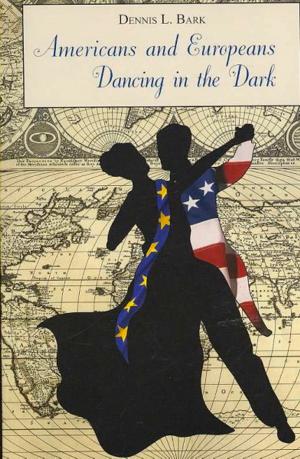One Day We Will Live Without Fear
Everyday Lives Under the Soviet Police State
Nonfiction, History, Asian, Russia| Author: | Mark Harrison | ISBN: | 9780817919160 |
| Publisher: | Hoover Institution Press | Publication: | December 1, 2015 |
| Imprint: | Hoover Institution Press | Language: | English |
| Author: | Mark Harrison |
| ISBN: | 9780817919160 |
| Publisher: | Hoover Institution Press |
| Publication: | December 1, 2015 |
| Imprint: | Hoover Institution Press |
| Language: | English |
What was life in the Soviet Union really like? Through a series of true stories, One Day We Will Live Without Fear describes what people's day-to-day life was like under the regime of the Soviet police state. Drawing on events from the 1930s through the 1970s, Mark Harrison shows how, by accident or design, people became entangled in the workings of Soviet rule. The author outlines the seven principles on which that police state operated during its history, from the Bolshevik revolution of 1917 to the collapse of the Soviet Union in 1991, and illustrates them throughout the book. Well-known people appear in the stories, but the central characters are those who will have been remembered only within their families: a budding artist, an engineer, a pensioner, a government office worker, a teacher, a group of tourists. Those tales, based on historical records, shine a light on the many tragic, funny, and bizarre aspects of Soviet life.
What was life in the Soviet Union really like? Through a series of true stories, One Day We Will Live Without Fear describes what people's day-to-day life was like under the regime of the Soviet police state. Drawing on events from the 1930s through the 1970s, Mark Harrison shows how, by accident or design, people became entangled in the workings of Soviet rule. The author outlines the seven principles on which that police state operated during its history, from the Bolshevik revolution of 1917 to the collapse of the Soviet Union in 1991, and illustrates them throughout the book. Well-known people appear in the stories, but the central characters are those who will have been remembered only within their families: a budding artist, an engineer, a pensioner, a government office worker, a teacher, a group of tourists. Those tales, based on historical records, shine a light on the many tragic, funny, and bizarre aspects of Soviet life.















